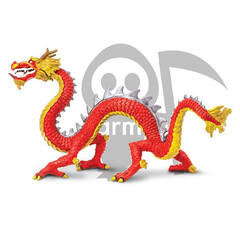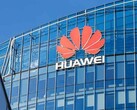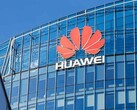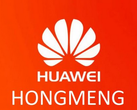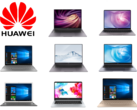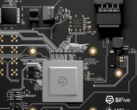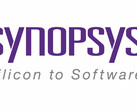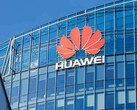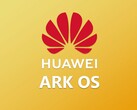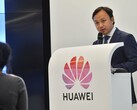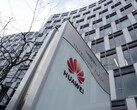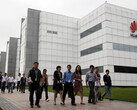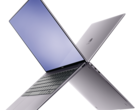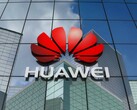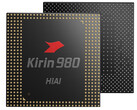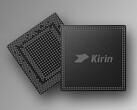The smartphone world was rocked yesterday by the revelation of an internal memo at ARM instructing employees to suspend any business dealings with Huawei. But what does this mean for ARM, Huawei, and the smartphone industry as a whole?
Huawei is one of the largest smartphone manufacturers in the world, coming in just behind Apple and Samsung in terms of market share. The Chinese company had its sights set on the top and aggressively marketed its smartphones in western markets (primarily the UK and Eurozone) over the past two years. However, ARM’s latest decision may have cut more than business ties; yesterday’s announcement may have cut the head from the dragon.
ARM is one of the leading integrated chip (IC) and system-on-a-chip (SoC) designers in the world, and that’s largely because of the smartphone market. Almost every smartphone or tablet in the world uses ARM-based technology, as ARM holds the patent and intellectual property (IP) rights to the architecture that powers mobile CPUs, GPUs, and SoCs.
Herein lies the roadblock for Huawei. While the recent slew of U.S. bans barring corporations from dealing with Huawei (including Google, Qualcomm, and Intel) is a hurdle, it’s one that Huawei can easily jump over.
Google is heavily tied to Android, but Android itself is an open-source project. As such, Huawei’s inability to use Google services isn’t a terrible setback. Huawei can (and already has started to) explore building a new operating system based on the Android Open Source Project, the Linux kernel, or something entirely new. Huawei also doesn’t need Google’s services (and may not want them anyway); several Chinese OEMs already preload their phones with Chinese-based software like WeChat and rely on Chinese-based services. Huawei’s laptop business will be hurt without Intel, but the company can use its own fairly capable Kirin processors to power all of its device families.
But there’s the rub: Kirin chips are all based on ARM technology. If ARM is now refusing to do any business with Huawei, that could potentially revoke Huawei’s access to the architecture underlying all of its SoCs. That would mean Huawei would be unable to legally produce Kirin chips as well as any other SoC that uses an ARM patent or IP.
Please note that this is not what the memo released by ARM definitively states, but it is a logical conclusion. ARM may be disavowing Huawei in response to the U.S.’s harsh bans on any business dealings with the Chinese OEM. The United States is a large market for ARM-based products, and many of ARM’s patents fall under U.S. jurisdiction. As such, it’s not unreasonable to assume that Huawei will be legally barred from using anything owned by ARM.
If this is what happens, then Huawei is in deep trouble. There is no other chip architecture to which it can turn. Intel and Qualcomm were banned from dealing with Huawei earlier this week. AMD is also subject to the U.S. ban on Huawei. HiSilicon, MediaTek, and Apple all use ARM-based chips. (Apple would likely be banned from selling to Huawei anyway.)
So where does that leave Huawei? If the company can’t use ARM and has no other alternative, surely it could design its own chip architecture. After all, Huawei is a massive multi-billion dollar company with plenty of resources and labor to throw at such a problem. Huawei also has strong ties to the Chinese government; the powers-that-be would likely support one of their country’s largest companies.
It may not be so easy. Designing a chip architecture from scratch isn’t as simple as designing a new operating system. Inventing a new architecture is more akin to developing your own operating system kernel or a compiler for a computer language. Chip architecture is exceedingly difficult and would take a company, even one of Huawei’s size, years to produce a prototype, let alone a retail product.
Huawei could work around the clock on developing a new chip architecture, but it would still take years of design, manufacturing, testing, and implementation before anything would be ready for release to the masses. On top of that, Huawei would have to either refurbish existing manufacturing facilities or build new factories to accommodate the new architecture and manufacturing processes, which would add to the cost and time of the project. Finally, when the chip would finally be released, it wouldn’t have the support and lineage of competing architectures like ARM’s or the x86-64 chips used by Intel and AMD. As such, Huawei’s custom chips would likely be several years behind competitors, killing the edge that Huawei now enjoys.
All said, if the end of ARM’s relationship with Huawei means that the third-largest smartphone OEM can no longer use ARM technology, we may be seeing the start of the immolation of the Chinese dragon. The fallout from ARM’s decision will determine Huawei’s fate.




